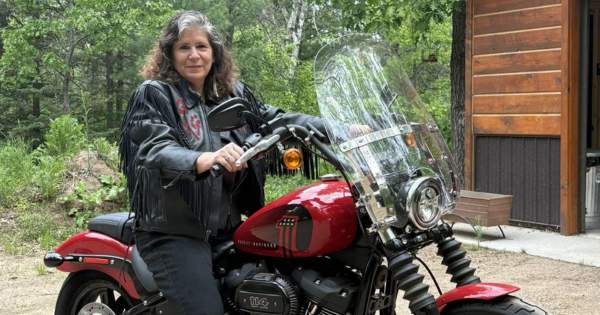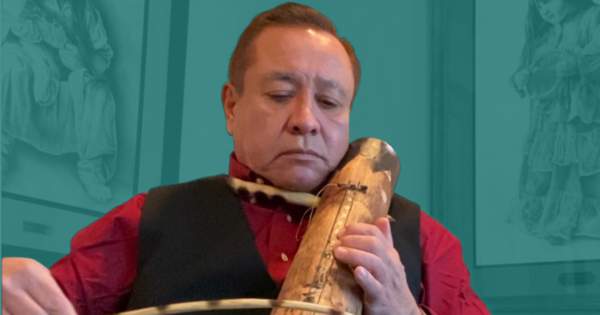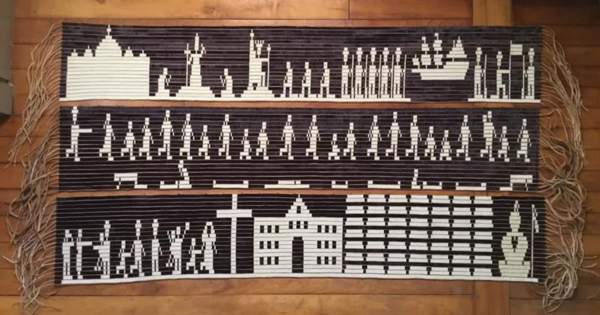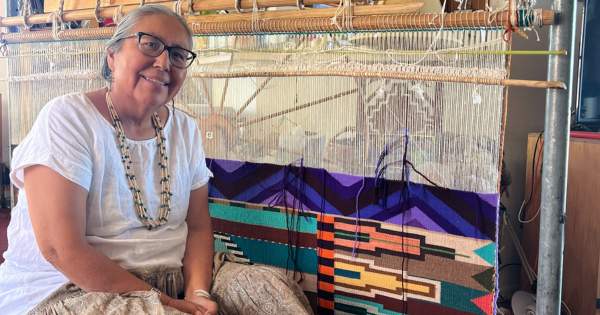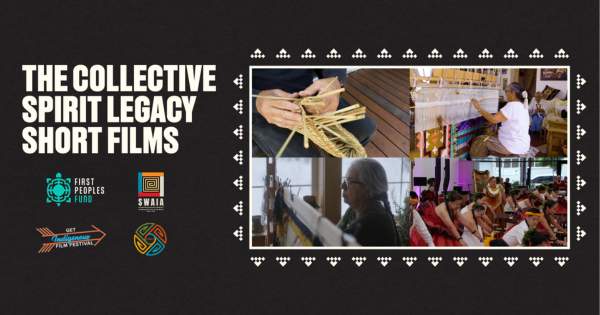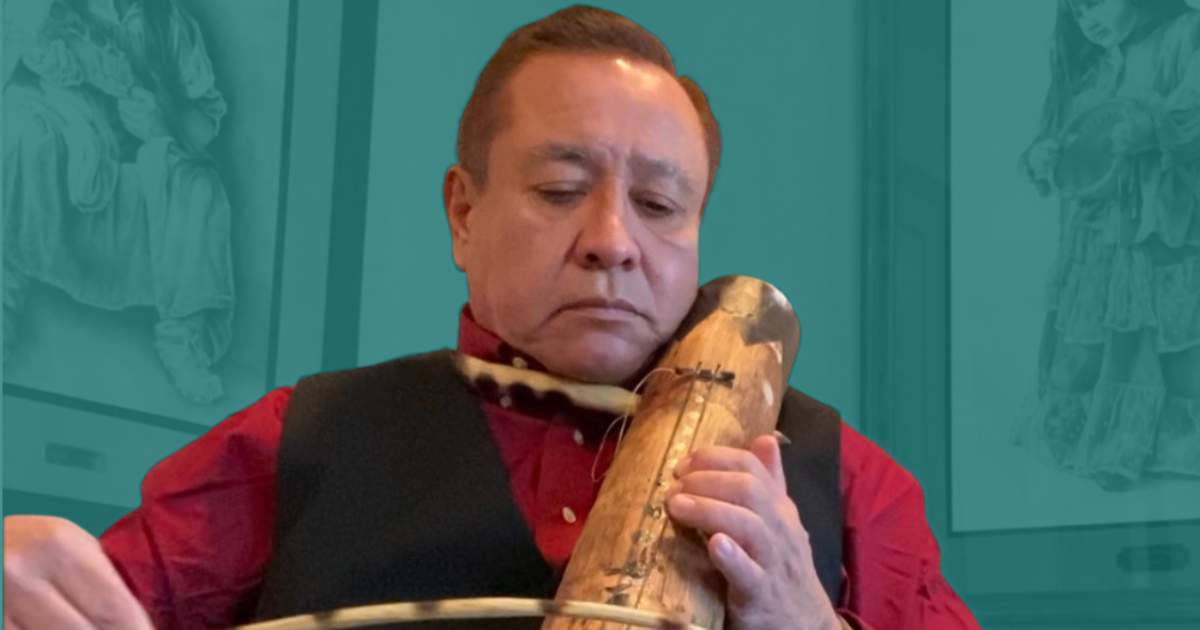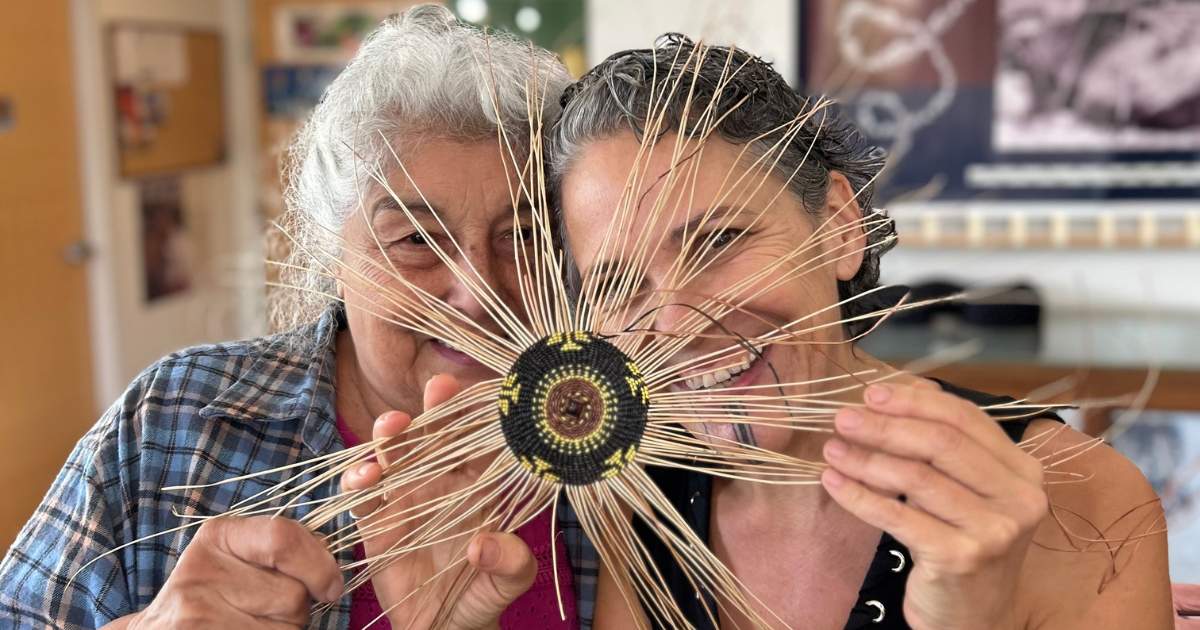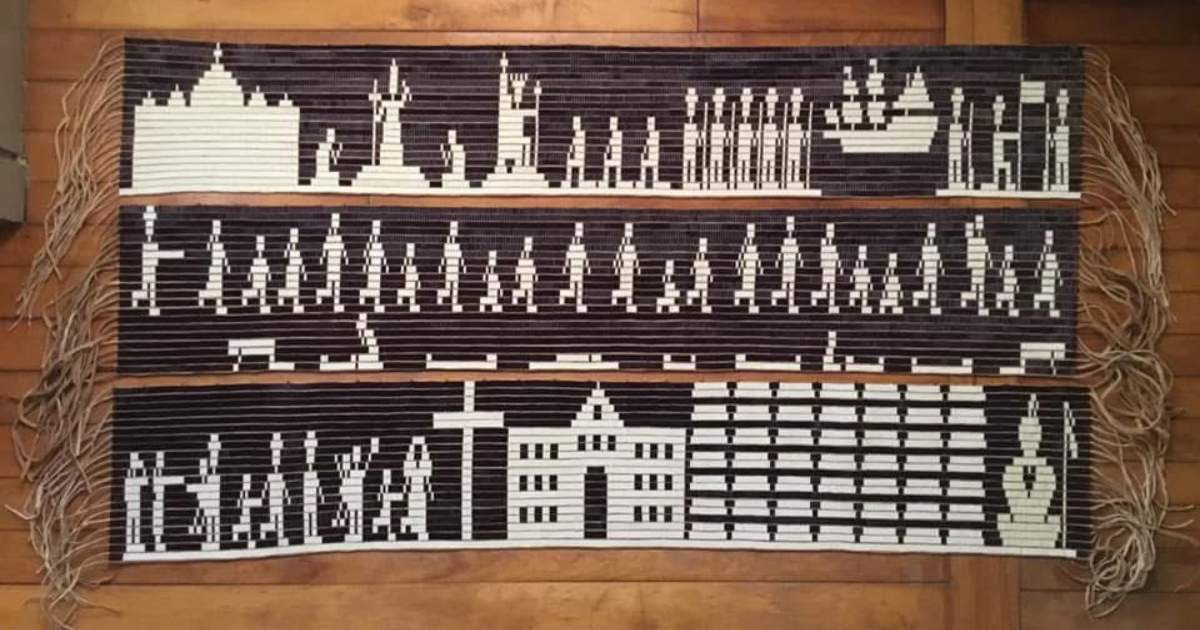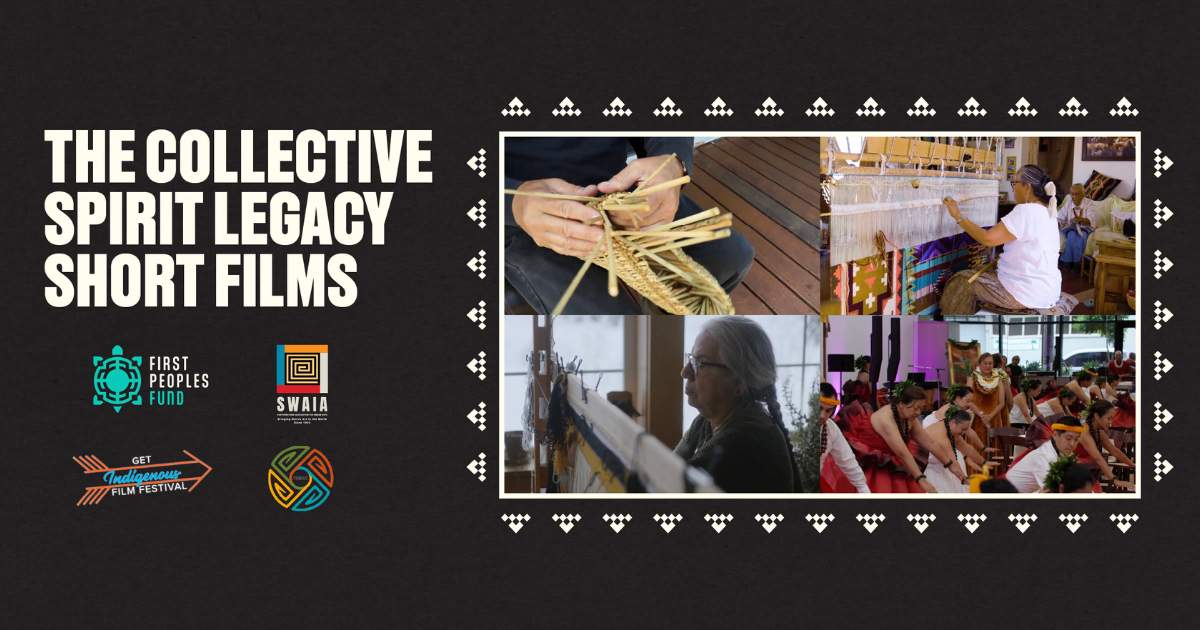
Welcoming the 2020 Community Spirit Award Honorees
Each year, First Peoples Fund has the opportunity to join communities in celebrating their exceptional culture bearers through the Jennifer Easton Community Spirit Awards (CSA). Nominated by someone in their community, each CSA honoree has an unwavering devotion to their people, as evidenced by a lifetime commitment to learning and sharing cultural knowledge, stories and art forms with others. CSAs lift the spirit of their communities through passion and generosity throughout their day to day lives. Because of this compassion and love, community members gather to celebrate and thank these individuals through the Community Spirit Awards.
Please join us in recognizing the 2020 CSA recipients!
Corine Pearce
TRIBE: Redwood Valley Rancheria Little River Band of Pomo Indians
Redwood Valley, California
California fires raged during 2017 and 2018, flames consuming the plant life that Corine tended for weaving Pomo baskets and cradleboards.
At a weaving workshop Corine held after the fires, the magnitude of losses was represented by a nine year old student named Yoosha who had been weaving since he was five. Yoosha wanted to make a basket for his mother, who wasn’t able to save hers from the fires.
“He went right home and gave the basket to his mom,” Corine says. “It showed how much he loves her and his culture, and how to Yoosha, baskets represent cultural wealth.”
Ninety percent of the places Corine harvested from in Redwood Valley were burned. But she is replanting and cultivating the devastated plant life.
“As a traditional weaver, I plan baskets up to fifteen years ahead,” she says. “I source all my raw materials by harvesting and tending trees, grasses, ferns, bulrushes, and other plants and their habitats within my ancestors’ land base. The art is in the plants.”
Her older sister, Jacqueline Graumann (Redwood Valley Little River Band of Pomo Indians), nominated Corine for the CSA.
“Corine feels it is her duty to volunteer as much time as it takes to ensure that the Pomo basket weaving tradition does not die,” Jacqueline says.
“I weave to connect future generations to a living cultural identity and to remind them that they will also face struggles and triumphs,” Corine says. “We are reclaiming our culture through our basketry.”
H'Klumaiyat Roberta Joy Kirk
TRIBE: Confederated Tribes of the Warm Springs Reservation of Oregon, Diné
Warm Springs, Oregon
As a young girl, H’Klumaiyat (Roberta) endured her home burning along with all the family treasures — huckleberry baskets, beaded bags, and photographs. Most detrimental for her was the loss of traditional regalia that had been gifted to her mother. Other girls Roberta’s age wore beautiful beaded dresses passed down through their families. Roberta determined she must learn to make them herself and studied her older sister doing beadwork.
Roberta now makes traditional clothing for men, women, and children, though her specialty is Plateau Shell dresses.
“Mine include floral appliqué on the shoulder or yoke, front and back, and also have three rows of dentalium shells in the front and back,” she explains. “This dress is for ceremonies to be worn at the longhouse. The shell dress has been used by our people for many, many years, and it’s typical to adorn it with beads and shells or elk teeth.”
Executive Director of the Oregon Folklife Network Rachelle (Riki) Saltzman nominated Roberta for the CSA.
“I believe it is because of her deep cultural knowledge that Roberta is able to imbue her regalia-making with such spirit and devotion,” Riki says. “She embodies the Indigenous values of integrity, community, and generosity. With an eye to cultural continuity, she passes along the knowledge of her art form to the younger generation.”
TahNibaa Naataanii
TRIBE: Navajo
Shiprock, New Mexico
Desert solitude, majestic mesas, mighty rivers. Living on ancestral lands in New Mexico at Table Mesa, in the Sanostee community, Tahnibaa lives her art as a mother, daughter, Navajo weaver, and sheepherder.
She does her weaving on a traditional upright vertical loom. The warping is a figure-eight technique with designs created using vertical interlock, dovetail stacking, and diagonal stair-step. She explores “wrapping” around the warp technique, creating texture.
“This is a new adaptation of a traditional Navajo method,” Tahnibaa explains. “Tradition and transmission are often misunderstood. Copying work is transmission; it keeps alive our ancestors’ ways. Producing contemporary pieces incorporating time-honored ideas, symbols, and techniques is tradition — it keeps alive our spirit, unsullied. Being traditional can mean retaining transmitted notions while simultaneously producing something new. Tradition entails creating something novel with what is inherited.”
Tahnibaa works in all the stages of wool preparation: raising Navajo Churro sheep, shearing them, washing the wool, carding, and hand spinning and dyeing the wool if necessary.
Dr. Robert Hill, Professor Emeritus of the University of Georgia, nominated Tahnibaa for the CSA.
“Tahnibaa stands out as a quintessential model of someone who carries, and thus diffuses, cultural values and traits,” he says. “She is a community animator, art-practitioner, and cultural ambassador.”
Virgil "Smoker" Marchand
TRIBE: Confederated Tribes of the Colville Reservation, Arrow Lakes
Omak, Washington
Rising up in the grasslands near Beebe Springs Natural Area, a young boy pulls salmon out of the creek; women dig for roots; a young girl puts meat on a drying rack while her mother tends salmon baking. For those steel sculptures, Virgil “Smoker” consulted with elders and community members to create these iconic scenes of their people. His grandmother gave him the name “Spa Poole,” which means smokey, or smoke in his Native language.
In his teens, Smoker’s brother encouraged him to pursue his art, helping him enroll at the Institute of American Indian Arts in Santa Fe, New Mexico. Smoker graduated in 1971 and continued exploring various art mediums until he discovered a love for steel.
In the northwest across several reservations and into Canada, Smoker’s steel sculptures are on display along highways, parks, and building entrances. His large, lifelike sculpture of “Bigfoot” above a rock outcropping is a startling surprise to people driving along US Highway 155.
Kenneth “Butch” Stanger (Confederated Tribes of the Colville Reservation) nominated Smoker for the CSA. Growing up together, they have known one another for 60 years.
“Smoker may be local to us, but his talent should be shared with the entire country,” Kenneth says. “He has done many paintings of our people, tribal leaders, art that depicts our culture and traditions. Everyone deserves a chance to experience Smoker’s art.”

